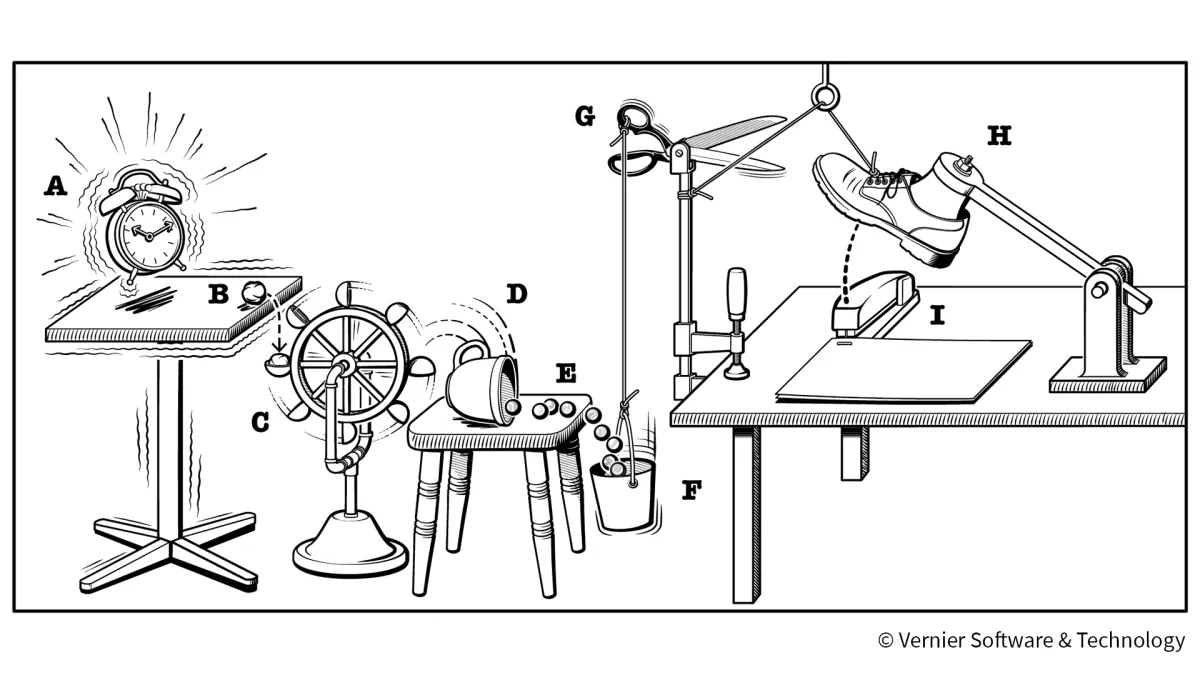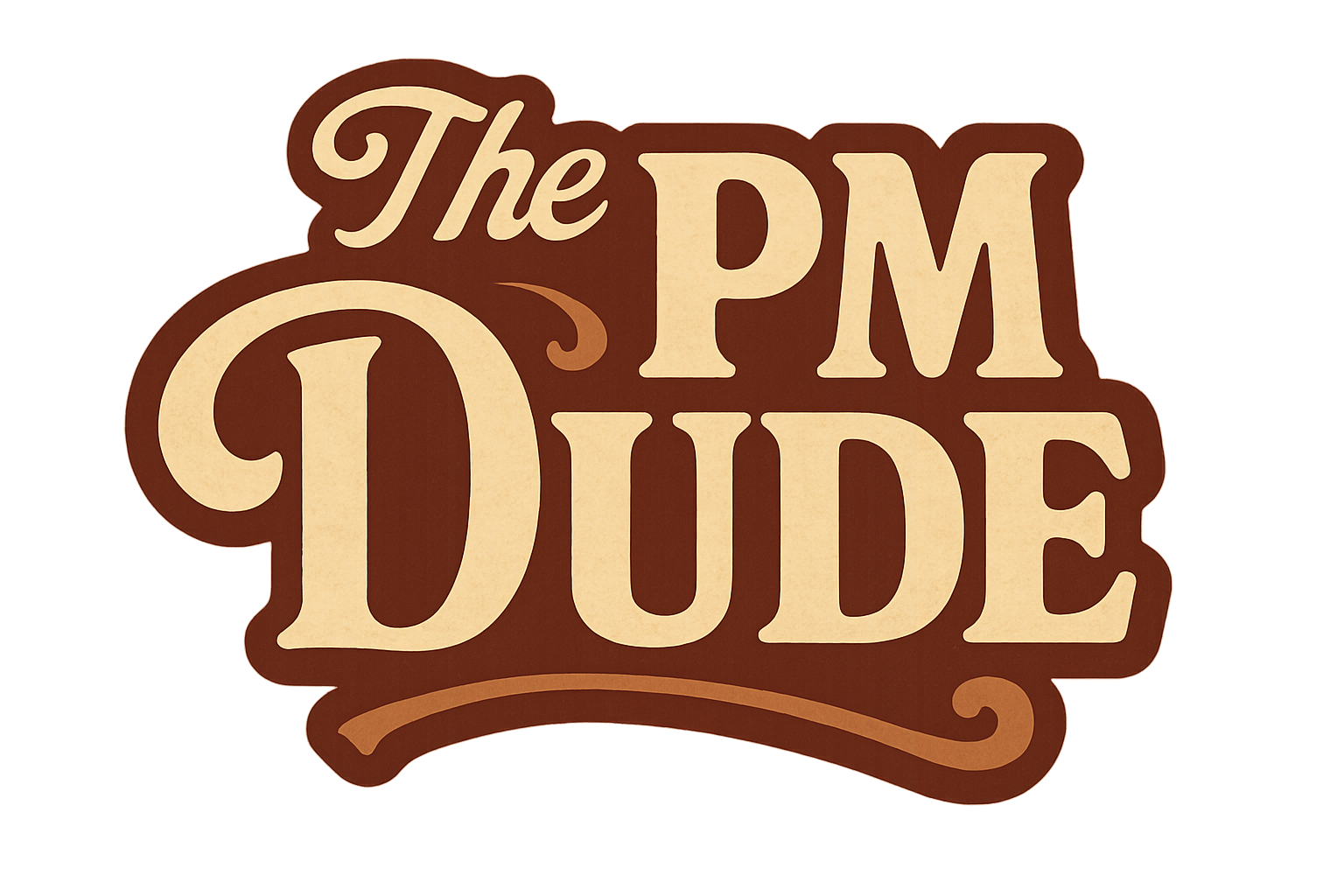What Does a MVP Really Mean?
Minimum viable product means different things to different groups. It behooves product management to be mindful of this, and ensure it's crisply defined

The church of the lean startup is out there, and the gospel is the MVP, or minimum viable product. At its core, it is the practice of getting something out early, to learn from the market, and to adjust as the feedback comes in, with the ultimate goal of finding a product-market fit.
Great if you have a completely new technology or some disruptive technology for a current market (think: the Ford model T, and its effect on the buggy whip industry). But it has far less meaning if you are in a mature market, with plenty of competition, and you are just extending the state of the art.
That is but one quibble I have with the concept. The bigger problem is the different perceptions of the various groups of just what the heck1 minimum viable product means.
Engineering/development
This group latches hard on the first word, minimum. That is clearly understandable. They do the heavy lifting, and naturally like the concept of being able to do the least possible.
As with all projects and programs, the first 80% of being “done” takes about 20% of the time of the project. The last 20% takes 80% of the time. How awesome is it that if you define the minimum to be that 80% of the project that you enjoy doing, and none of that pesky “documentation”, “reliability”, and “bug fixing” that they hate so much.
Marketing/product management
This group is far more pragmatic. We see the second word as being the key. Viable being the crux of the project. Viable has many connotations. In a startup (you know, when you probably don’t have product management, because you have only one product) viable can be a reduced feature set, or trading some scalability (in a web application for instance). It is in this mode that the learning aspect is greatest. Getting something out, learn from it and keep iterating. It is a stepping stone in the path.
However, if you are in a mature market, with an expected product with features that are part of the table stakes (to use the verbiage of the whole product) then viable has an entirely different connotation.
If your project is a new version of an existing product, or a variant of an existing product, then viable is the crucial factor. You better know what is required. Unfortunately, there aren’t many opportunities to reduce the definition. Your current product, or what your competitors offer, is what it takes to be a viable product.
Sales & Executive Management
Sales and the executive team will latch onto the third word, product. They will assume that it is a complete, market killing, world class product, ready for prime time. Rock and roll. Lock and load. They will not understand that you are using the MVP concept to define a new market, or to learn quickly. They will immediately assume that it is complete, and that they should start getting big commission checks/exec bonuses for work well done.
What it all means
MVP is a much overused concept. It has a well-defined meaning that is unfortunately abused and distorted to satisfy the person hearing it.
For many market situations and many companies, it isn’t a terribly valid concept, and unfortunately it is getting forced into the vernacular where it doesn’t (or shouldn't) apply.
1 - the Dude prefers "fuck" to "heck" in this case




